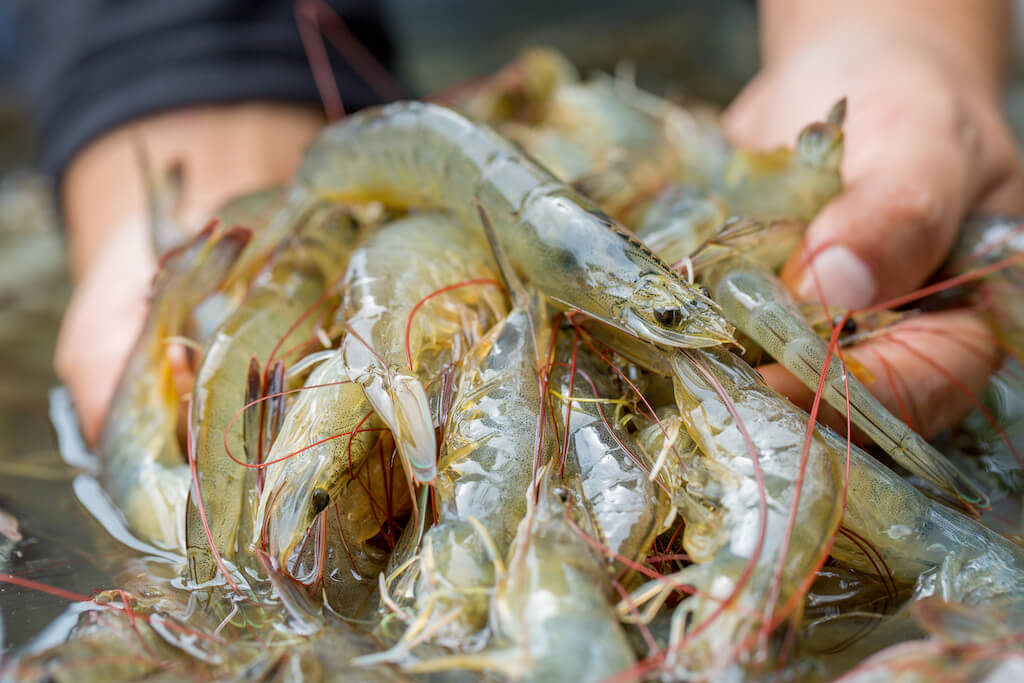Boost performance under different dietary cholesterol levels
28/03/2023
By Yu-Hung Lin and Waldo G. Nuez-Ortín
For many years the aquaculture industry has sought to improve sustainability through reduction in the use of fishmeal in aquafeeds. Soybean meal is a widely used alternative to fish meal in shrimp feed because of its well- balanced nutritional composition and easy availability. However, the use of soybean meal in shrimp feed should be carefully considered due to its deficiency of some nutrients, especially cholesterol. Cholesterol is a critical dietary requirement for shrimp which lacks the ability to de novo synthesise this nutrient (NRC, 2011). Cholesterol requirements for white shrimp are reported to be 0.11- 0.14% (NRC, 2011), while cholesterol levels in standard shrimp feed formulations currently range between 0.05% and 0.1%. Therefore, increasing soybean meal inclusion levels decrease cholesterol concentrations in the shrimp hepatopancreas and haemolymph (Lin et al., 2017). Such hypocholesterolemia is attributed to both deficiency of cholesterol in soybean meal and poor cholesterol utilisation by the shrimp.
Shrimp lack a bile juice system, as a result of which the lipid digestion process is not as efficient as in fish. Digestibility enhancers based on natural emulsifying agents have been proven to be capable of complementing the process of emulsification and optimising the digestion and utilisation of important lipidic nutrients such as cholesterol.
PLEASE ENTER YOUR EMAIL TO ACCESS ALL CONTENT AND DOWNLOADS WITH ONE LOGIN
Hi ,
Please fill in your contact details to access all articles with just one login.


